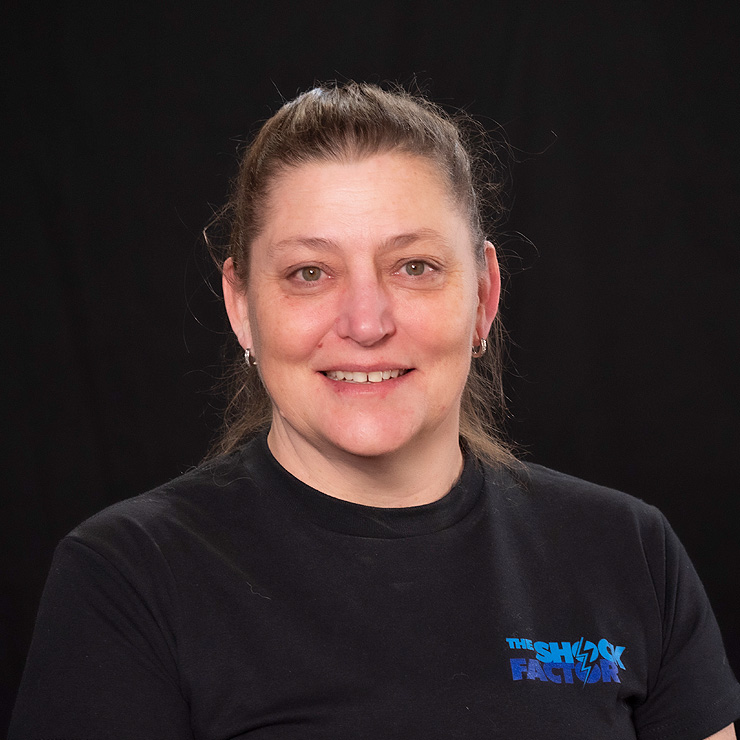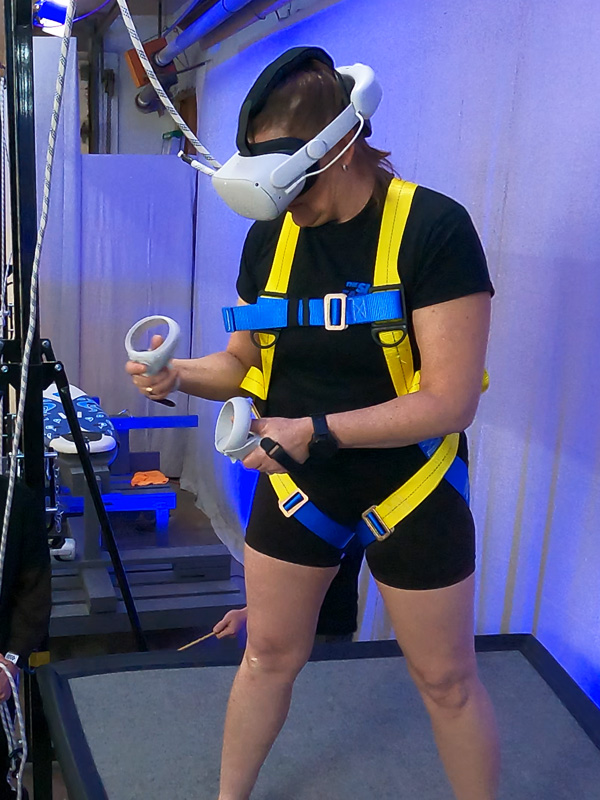Céline says that wearing a lifejacket is, for her, an integral part of sea kayaking: “Wearing a lifejacket for me is essential, people have to understand that an accident can happen quickly”. She adds: “It’s the thing that would allow you to survive, even in cold water.” And, according to her, even if a lifejacket does not make cool adventure pictures according to some, it is what can save your life!
Fond of sea kayaking adventures, Céline also says that she never compromises on lifejacket wear. Everyone must wear it. “During expeditions, excursions, if you have someone who doesn’t want to wear a lifejacket, it’s not complicated, the person doesn’t come”. She adds: “Not wearing your life jacket is a personal decision, in a group it becomes a group decision, so it’s putting the rest of the group in danger, when that person doesn’t want to… ”
Céline admits having found herself accidentally in the water, which happens when kayaking, and that despite her experience, the surprise of going in remains striking. That’s why, she says, she always wears her life jacket, no matter the nautical activity.




